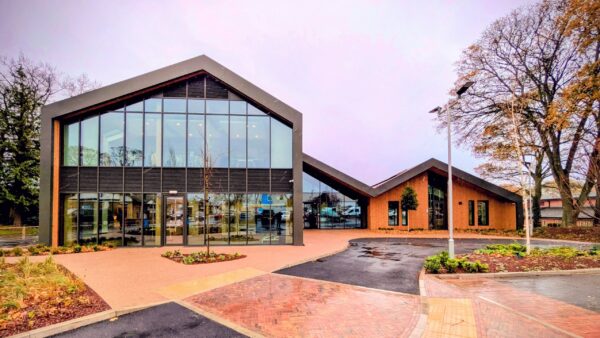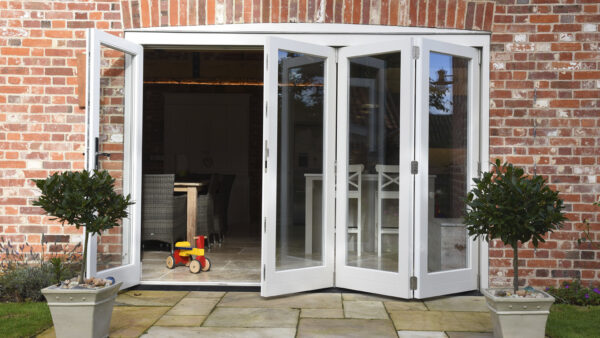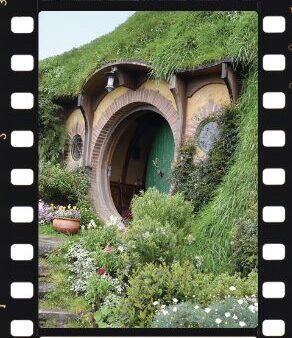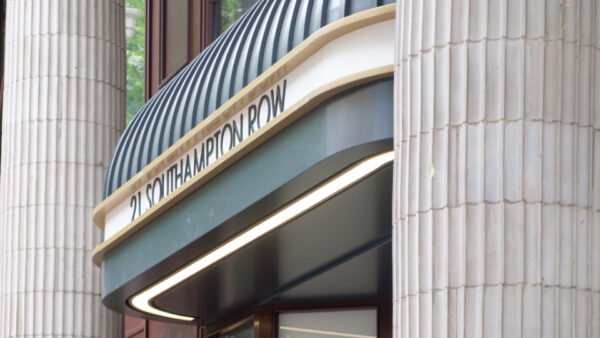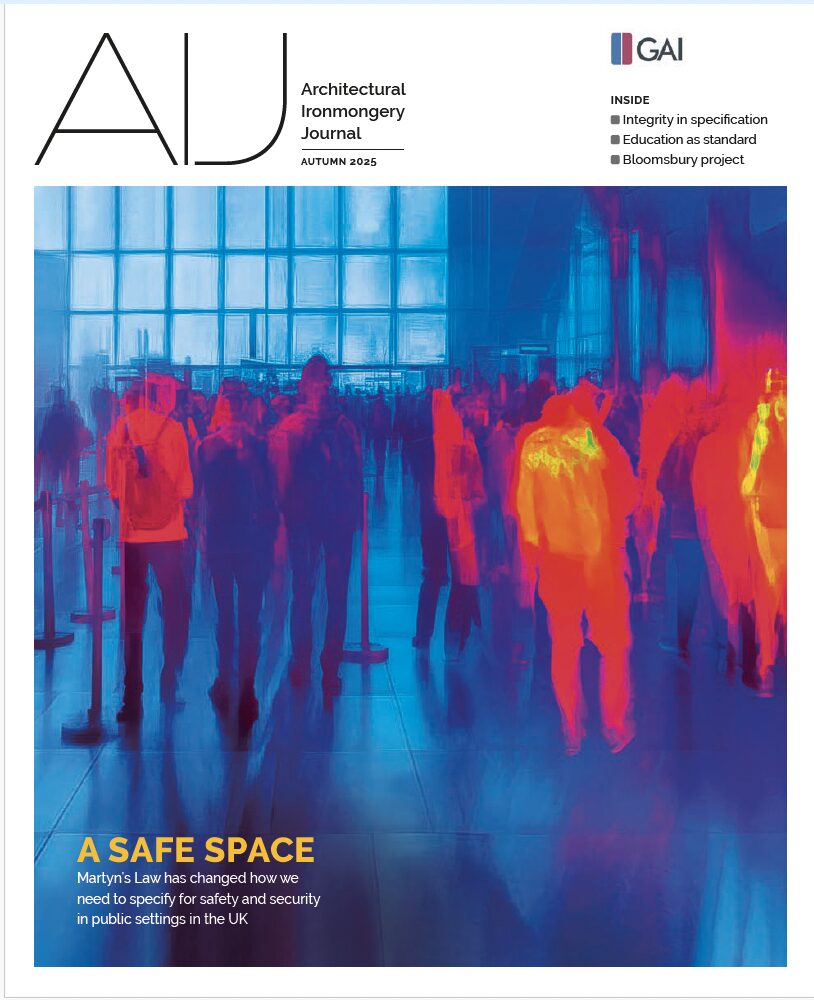Drawing on insights from Codelocks’ leaders across four continents, global director of marketing at Codelocks, Ros Bayliss, explores how customer needs are changing in access control, the shift from locks as an expense to a revenue generator, and how the industry is balancing innovation with simplicity while meeting rising sustainability demands.
In the eyes of some, locks are simply used for keeping people out, and for keeping the contents of a building, cabinet or locker safe. But as we know at Codelocks, access control is about so much more than that. It’s about managing spaces and giving people convenient access in ways that can transform how a building or space works and feels. That’s one of the reasons we rarely talk about ‘security’, if at all.
If you focus on access control as being simply about protection, then you’re likely to see locks and other access control solutions as just a cost – an expense line on a balance sheet. You’d also overlook one of the biggest changes impacting the industry, and the first of several trends shaping access control in 2026: the change from a cost centre to a revenue generator.
Entrepreneurs and access – from cost to profit centre
“There’s been an explosion in short-term rental applications over several years, and I mean much more than just BnBs or holiday homes,” said Jo Milne-Rowe, managing director at Codelocks UK. “We’re reaching a point where almost anything that has the potential to be shared and rented out is being. Entrepreneurs are seeing new opportunities, and using access control to turn them into profit-generating realities.”
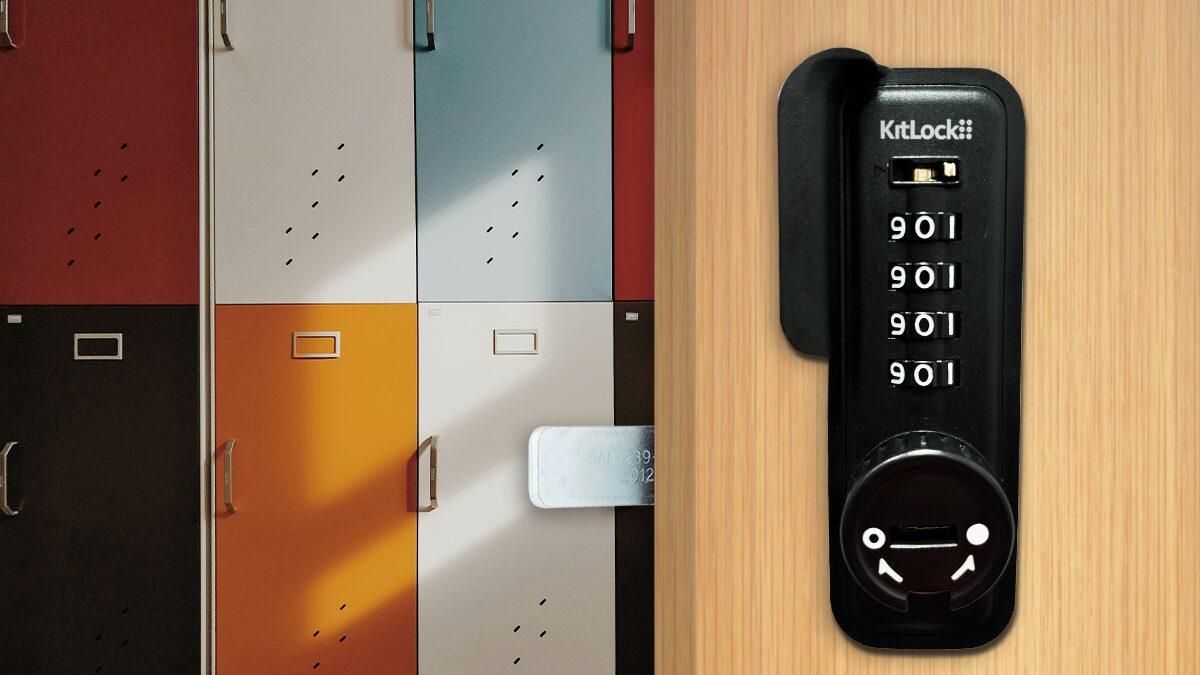
Festival lockers are a booming example. They are simple storage units rented to attendees at music festivals and events. People book online, select the rental duration, and receive a time-sensitive access code instantly. The coded locks allow customers to store belongings without keys, while operators remotely manage thousands of lockers, changing codes automatically between rentals without swapping keys and with minimal staff input.
This use of locks to create new revenue-making products and services also changes what customers want. It alters their ‘buying equation’. In applications that focus on short-term product rental to drive revenue, customers are seeking locks that help to improve business fundamentals, like utilisation and booking rates. Likewise, they’re looking for locks that improve the customer experience and create an attractive, easy-to-use product. As manufacturers and product innovators, this changes what we need to offer customers in 2026 and beyond.
The balancing act – new tech and simple solutions
There is a lot of hype around AI at the moment. And understandably so if you’ve used ChatGPT or similar. The UK government is looking for the country to become an ‘AI superpower’ while also using the new technology to do things like free up NHS hospital beds.
With all this attention on bleeding-edge technology, however, people can be led to think that access control must follow the same path: that because everyone’s talking about tech, it’s what customers will be demanding in 2026.
However, despite the attention lavished on breakthroughs like AI, many customers are still looking for simplicity of operation and maintenance in their access control solutions – even the entrepreneurs.
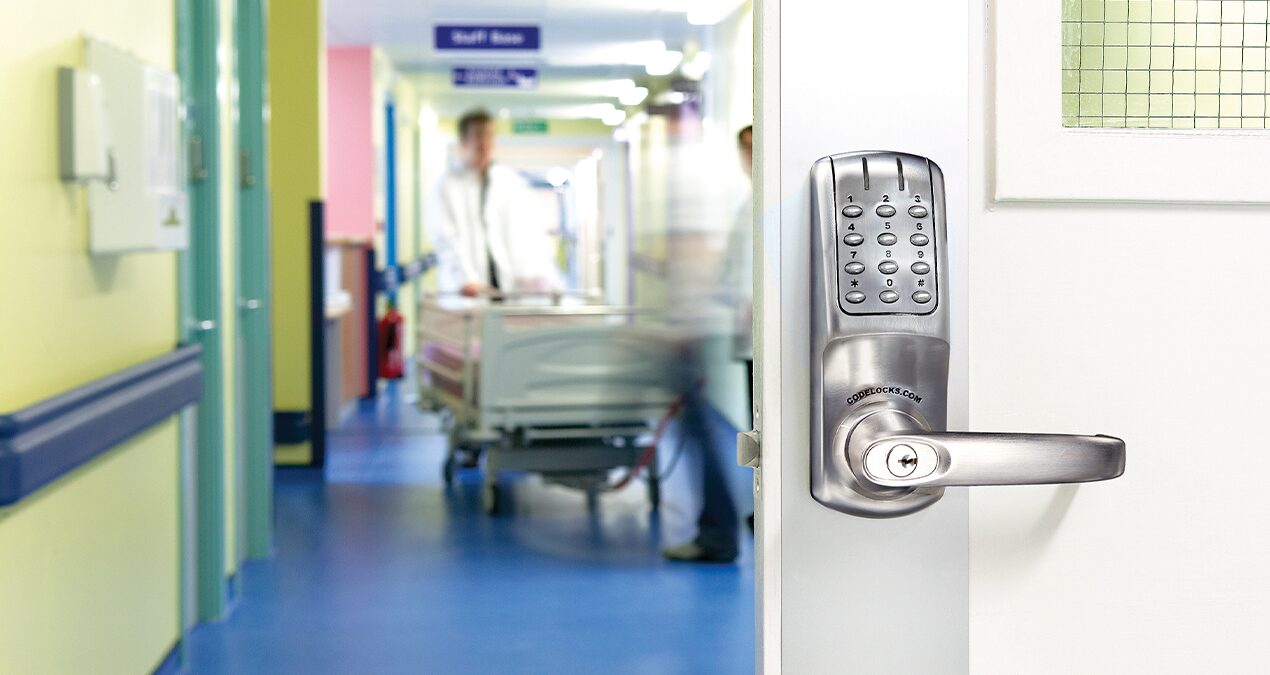
“With any new tech, there’s hype and there’s practical application. European customers aren’t demanding AI in their access control solutions right now,” said Steve Newman, regional director for Codelocks Europe. “That’s probably for several reasons, not least because simplicity is something they prioritise.”
The demand for simplicity is especially strong in the locker market, where most facility and building managers are responsible for looking after thousands of different lockers that require regular maintenance. In large sites such as student accommodation or government offices, small issues quickly add up to be a large drain on resources.
“For lockers – which make up the majority of our business – most customers are choosing either mechanical locks or hard-wired solutions because they want to avoid battery maintenance,” said Mark Samuelson, Director for Codelocks Australia.
Mechanical lockers are ideal for short-term, multiple occupancy applications requiring simplicity and minimal maintenance to keep costs low. Hard-wired solutions don’t tick all these boxes, though. The cost of installing new wiring can outweigh the cost of avoiding batteries, leaving mechanical locks as the simplest and best choice. Still, with an eye on the future, we don’t think customers will have to make these kind of choices for much longer. Battery harvesting will soon become popular, using the power in people’s mobile phones to temporarily power a cabinet, door or locker lock.
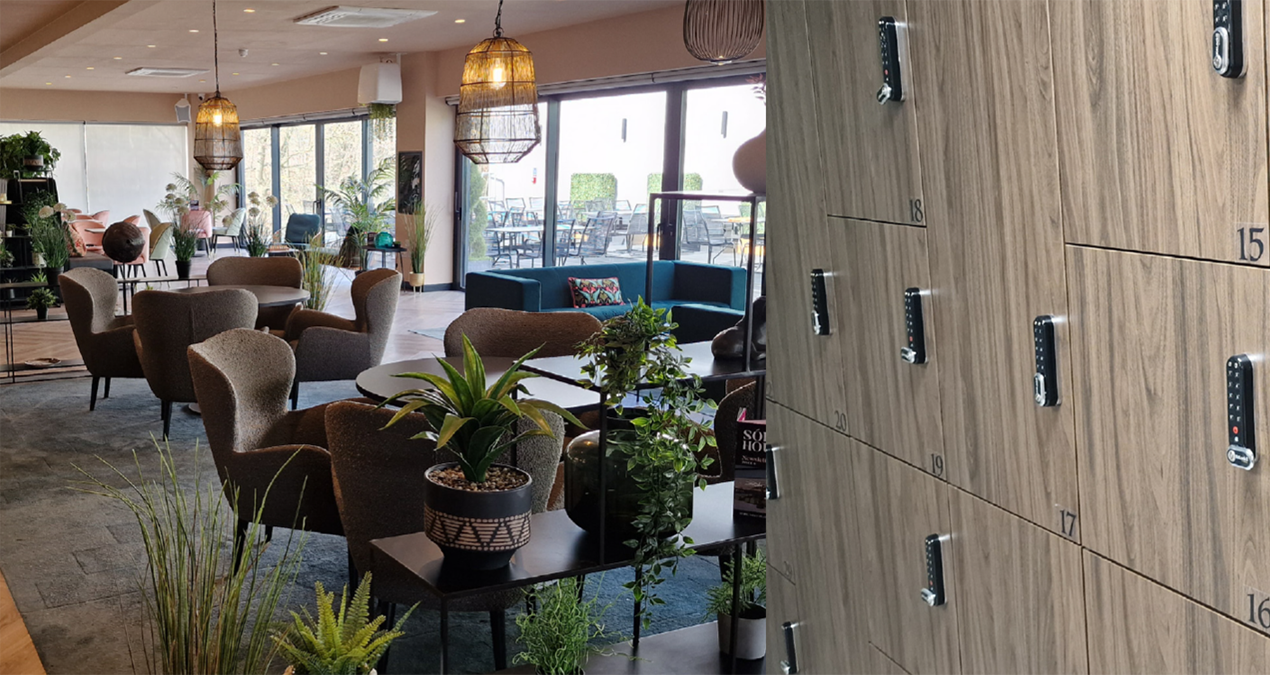
Despite all of this, the real winners in 2026 will be those organisations that listen to their customers. Those companies that focus on solving fundamental customer challenges without over-egging the latest trends.
“Protection concerns have driven people to effectively over-specify the locks they need, which is neither cost-effective nor necessary,” said Matt Welty, vice president at Codelocks Americas. “For us, this has been an opportunity. We’ve guided many companies toward the right-fit product, rather than the over-the-top product. It’s about understanding the real customer need and meeting it.”
Sustainability in the supply chain
The urgency around climate targets and sustainability is growing as 2050 net-zero targets and interim milestones, such as 68% emissions cut by 2030, get closer. Customers everywhere are also more focused on the environmental impacts of their purchases, while supply chain scrutiny is increasing.
In access control, sustainability is a consideration on two levels. Practically, people are demanding products that last longer. They need products that can be repaired rather than replaced, and they’re looking to minimise waste. On a procedural level, customers need their products to be certified so they can satisfy procurement requirements. Success in 2026 requires addressing both of these customer needs, building genuinely more sustainable products that are supported by the right certifications and accreditations.
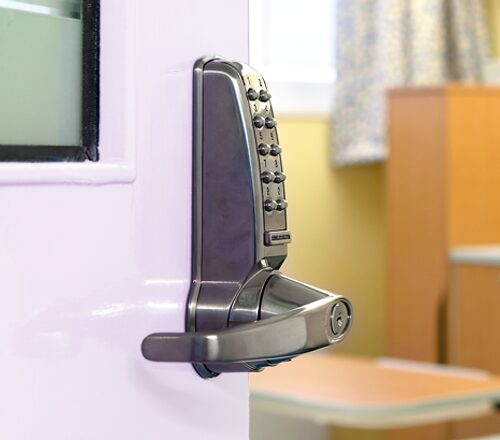
Almost all Codelocks products are repairable, which massively reduces waste and promotes a more circular economy. In 2025, as part of our sustainability efforts, Codelocks UK achieved ISO 14001 (environmental management) to help our UK customers with their supply chain requirements; 2026 will be the first year we report our emissions too, giving transparency to our customers for their own emissions reporting.
Moving forward with awareness
What’s become clear from conversations with Codelocks senior leaders is that listening to customers has never been more important. Access control in 2026 comes down to understanding what customers actually need, versus what the industry thinks they should want. Whether working with entrepreneurs applying rental models to new spaces, helping facilities managers balance innovation with operational simplicity, or providing repairable locks backed by ISO certifications, success lies in responding to real needs with the right solutions.


